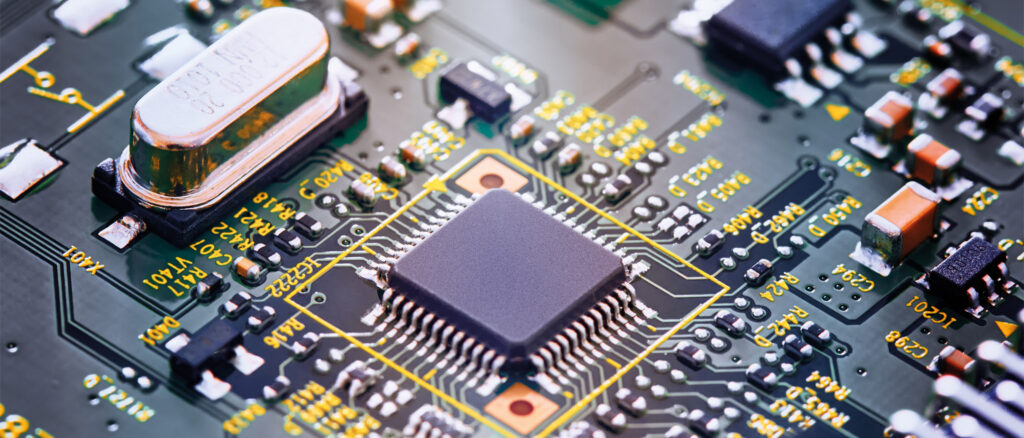 In this article, Flip Electronics’ President Bill Bradford explains the forces driving component obsolescence and how to defend against it.
In this article, Flip Electronics’ President Bill Bradford explains the forces driving component obsolescence and how to defend against it.
Semiconductor demand is driven by high volume commercial applications such as cell phones, IoT, and consumer electronics. End equipment in these markets is constantly upgraded to compete with similar products from other manufacturers which, in turn, fuels demand for higher performance semiconductors. Moore’s Law accommodates this demand, chasing ever-smaller circuits that deliver on speed and power. Thus, most new chip capacity coming online supports new technologies.
Legacy semiconductor components are built on more mature (>28nm lithography) processes. Recently this meant relatively low production costs because the wafers are generally considerably less expensive and they are built on fully depreciated manufacturing lines. However, in the wake of the current semiconductor shortage, legacy component supply cannot meet demand and manufacturers are not investing enough in these mature technologies to improve availability. Doing so would disrupt their cost models, as they would no longer be building on depreciated equipment. That’s if they can still buy replacement fab equipment for mature nodes.
Most applications use some legacy components for simple functions and interfaces, but a much larger percentage of a high-reliability BoM is made up of mature devices. Whether aerospace, defense, telecom, networking infrastructure, or industrial controls, equipment is complex, new designs are costly/time-consuming to produce, and testing/qualification can add significantly to the expense and time. These factors make it prohibitive for high-reliability systems to go through the cadence of regular upgrades to ensure components remain state-of-the-art. In fact, many defense systems are expected to support a lifecycle of multiple decades.
Over time, manufacturers discontinue many legacy components because they have been replaced by a newer, more advanced, higher performance version, or because the equipment required to build the legacy components is no longer viable.
Semiconductor manufacturer consolidation has also reduced the number of legacy component sources, and the rate of product discontinuance notices (PDNs) is increasing. This trend, plus the long design/qualification time for high-reliability systems, means many components are obsolete before a system reaches production, and often most components are obsolete during the planned equipment lifecycle.
This obsolescence, referred to as diminishing manufacturing sources and material shortages (DMSMS), requires a sophisticated forecasting rigor to manage. Precursors to product discontinuance, such as manufacturer announcements, channel inventory trends, supplier consolidation, etc., should be observed. Data modeling can also be used to predict component obsolescence over a longer-term horizon.
Manufacturers of high-reliability equipment can leverage specialty distribution partners to secure availability of obsolete components. Such distributors study the market, perform analytical models, and invest in discontinued inventory when the product is still available to support the lengthy production runs of the manufacturer. In some cases, they can arrange to have additional inventory built to support post last-time-buy requirements.
With semiconductor shortages expected to persist through 2022, high-reliability equipment producers should leverage their distribution partners to assist in predicting and managing the added stress of component obsolescence.

